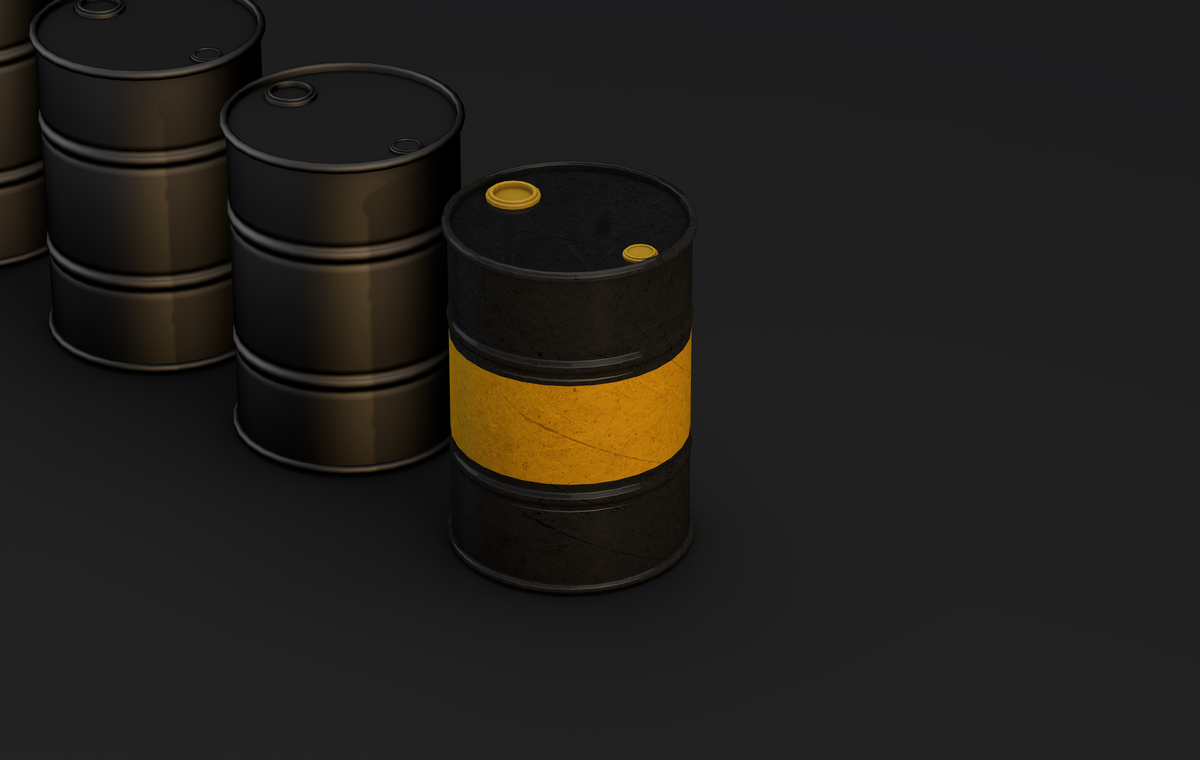Israel-Hamas conflict not affecting physical supply yet, but could - EIA
The US Energy Information Administration (EIA) now forecasts Brent to rise from an average of $90/bbl in this fourth quarter, to $93/bbl next year.
 PHOTO: Flag of Israel and Palestine depicting conflict. Getty Images
PHOTO: Flag of Israel and Palestine depicting conflict. Getty Images
“Although the conflict between Israel and Hamas has not affected physical oil supply at this point, uncertainties surrounding the conflict and other global oil supply conditions could put upward pressure on crude oil prices in the coming months,” the EIA said.
The US energy agency expects OPEC's top oil producers and their allied nations (OPEC+) to continue committing to their production cut pledges in 2024 as well. Last week, OPEC’s de facto leader Saudi Arabia, and its top ally Russia (OPEC+) reaffirmed their production cut plans will last until year-end.
“We expect ongoing [crude output] cuts from OPEC+ to contribute to inventory draws and upward oil price pressure in the early part of 2024,” the EIA said.
As a result, global crude inventories will be tight in the first quarter of 2024, the EIA said in its flagship report. However, OPEC+ production cuts will “offset production growth from non-OPEC countries and help maintain a relatively balanced global oil market next year,” it added.
The EIA has warned that supply disruptions could lead to higher oil prices in 2024, potentially as another fallout from Israel's war on Hamas.
Supply and demand outlook
The EIA estimates growth in global crude oil supply to be limited due to voluntary production cuts from OPEC+. These output slashes have raised OPEC’s spare crude oil production capacity “from 2.4 million b/d in 2022 to a forecast of 4.3 million b/d in 2024,” the EIA stated.
Meanwhile, the agency lowered Iraq’s total output capacity by about 400,000 b/d from October's estimates, as production in the Iraq-to-Turkey pipeline in northern Iraq was shut down in March 2023. The pipeline has not resumed operation yet.
The EIA expects OPEC’s top ally Russia’s oil production to “remain relatively flat” in 2023, at an average of 10.7 million b/d.
Additionally, the energy agency expects US sanctions relief on Venezuelan oil to only slightly increase oil production by less than 200,000 b/d to an average of 900,000 b/d by the end of 2024.
The US lifted oil sanctions on Venezuela’s crude oil for six months, after the country granted basic democratic rights to its citizens by hosting presidential elections. “Further increases in Venezuela’s crude oil production will take longer and require significant investment after years of deferred maintenance and lack of access to capital,” the EIA added.
The agency expects Iran to raise crude oil production by an additional 200,000 b/d in 2024.
Non-OPEC production growth is expected to be driven by new projects in the US and Canada, the EIA said.
Meanwhile, due to the uncertain global economic outlook, the EIA expects global oil demand in the coming months to remain in limbo.
By Aparupa Mazumder
Please get in touch with comments or additional info to news@engine.online





